RIBA’s Charles Rennie Mackintosh exhibition is very much an architect’s show, consisting almost entirely of architectural drawings and watercolours. Only two images of Mackintosh himself – one photograph and a portrait by Francis H. Newbury – are featured, and his private life is mentioned only fleetingly. But the progression of his architectural career, his key achievements and the refinement of his infamous style are charted in intricate detail.
The show’s opening wall text outlines the exhibition’s aim to ‘place Mackintosh in his wider professional context’. The following three rooms record his career from his student days to his final years in London. The body of work on display reveals the movements that influenced him: Scottish baroque and gothic can be seen in his civic buildings, and later, the Beaux-Arts and Arts and Crafts movements helped shape his individual style. These influences are referenced in passing in the display texts, but no examples outside of Mackintosh’s own work and that of the firm he worked for (Honeyman & Keppie) are on show. By making such selective choices, however, the exhibition reads like an intimate biography. Displaying Mackintosh’s drawings, rather than photographs of the finished buildings, draws attention to the hand of the craftsman and the vision that produced the buildings; even the trees in these images grow in Mackintosh style.
After paying homage to the Glasgow School of Art, which, swept by fire in 2014, brought Mackintosh’s name back into the news, the exhibition spends much time looking at his domestic works. In many of these we can see the stylistic freedom he enjoyed when taking on direct commissions; his refined signature style dictates the designs. However, even some of these works are tempered by financial constraints and the client’s wishes, as demonstrated by comparisons between original plans and toned-down final drafts. His visionary ideas are most clearly depicted in idealist works such as Artist’s house and studio in the country and Artist’s town house and studio; these clearly demonstrate his affiliations with the utopian architecture of the Arts and Crafts designers.
Although the exhibition appears to present the full and weighty career of a successful architect, throughout the show we see the pressures and constraints that Mackintosh experienced. The final architectural drawings in the exhibition are two of the last he produced, and mark the ‘premature end to his career as an architect’. After 1920 Mackintosh turned his focus to painting. Poignantly, we are told that these drawings were exhibited at RIBA in 1922 as part of the ‘Exhibition of Contemporary British Architecture’. Although the text notes regretfully that in the 1922 exhibition the works were surrounded by more successful and well known architects of the day (such as Ernest Newton and Sir Edwin Lutyens), the reappearance of these works at Mackintosh’s retrospective nearly a century later is testament to his legacy as an architect.
‘Mackintosh Architecture’ is at RIBA, London, until 23 May.
Related Articles
Major blaze at the Glasgow School of Art
Salvage efforts continue at the Glasgow School of Art (Maggie Gray)
Unlimited access from just $16 every 3 months
Subscribe to get unlimited and exclusive access to the top art stories, interviews and exhibition reviews.

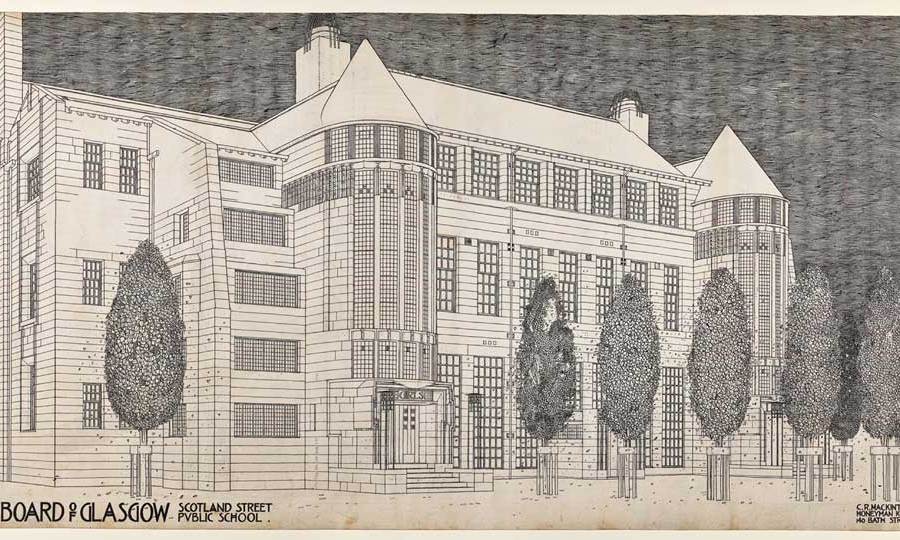
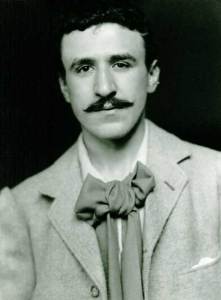
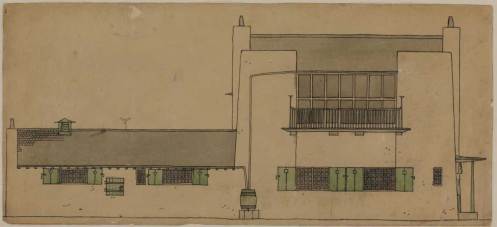
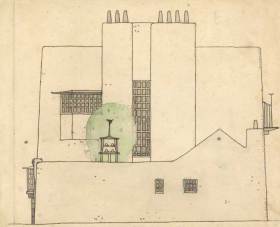
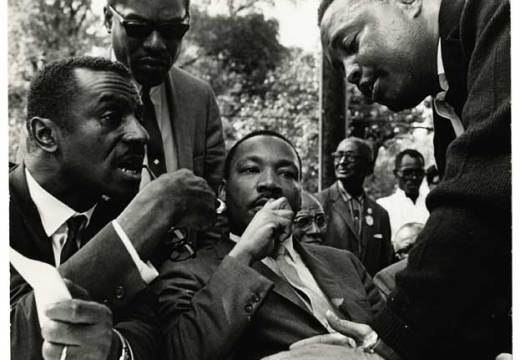
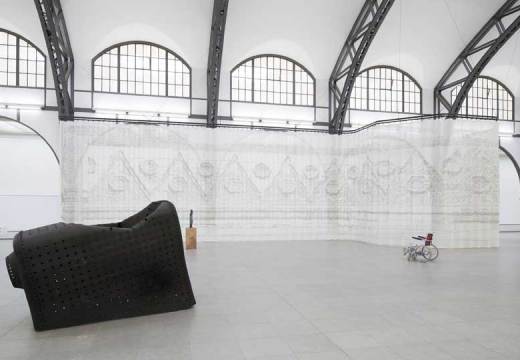
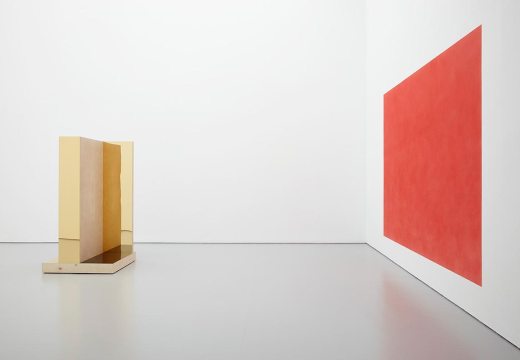









![Masterpiece [Re]discovery 2022. Photo: Ben Fisher Photography, courtesy of Masterpiece London](http://www.apollo-magazine.com/wp-content/uploads/2022/07/MPL2022_4263.jpg)
Has the Fitzwilliam lost the hang of things?